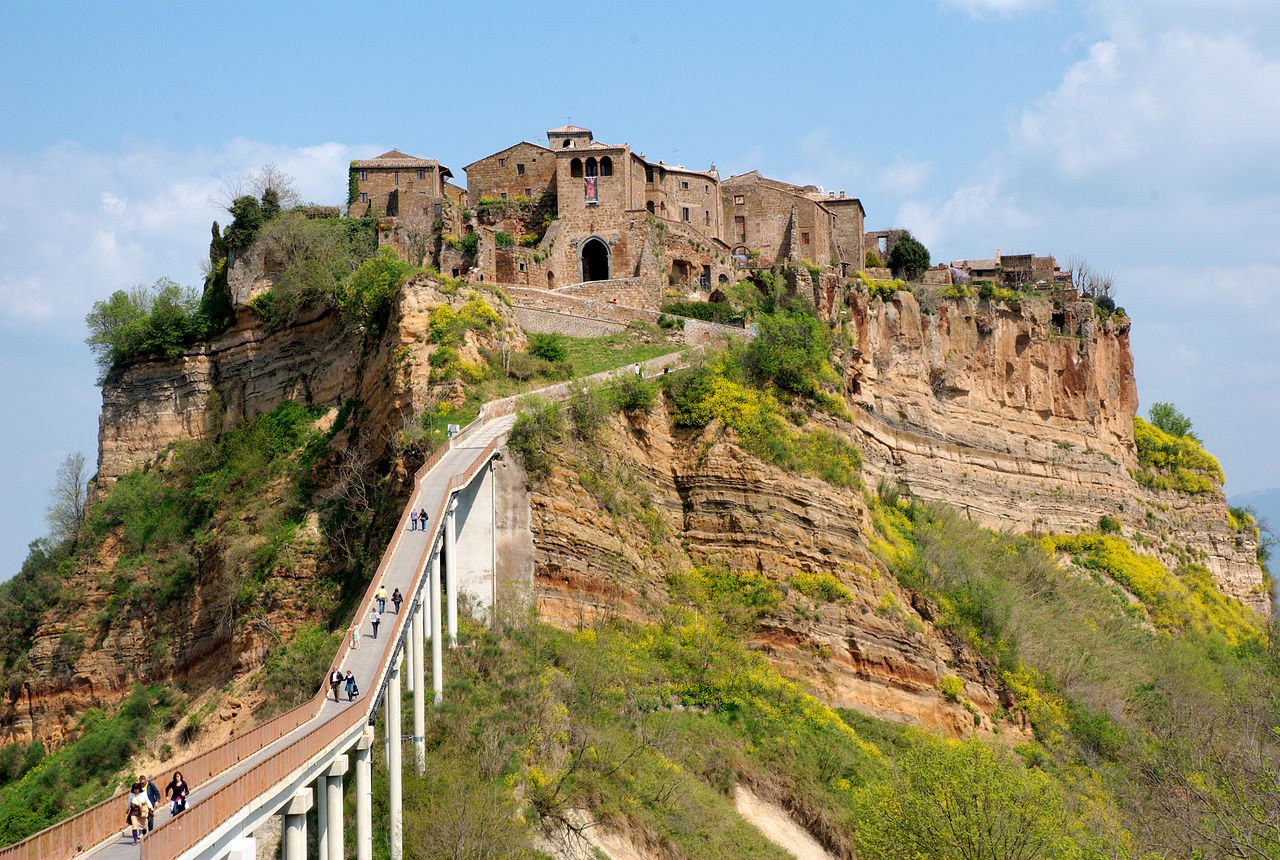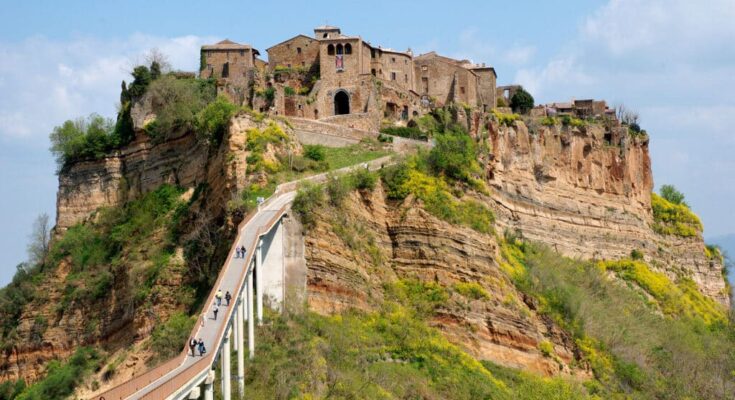
The Etruscan civilization had a massive influence on the Roman Empire that came after it and eventually absorbed it. As such, we often see people describe the Etruscans as being the predecessors of the Romans.
But when, really, did the Etruscans arrive in Italy? What does the archaeological and literary evidence show about this subject?
Differing viewpoints on when the Etruscans arrived in Italy
Firstly, let us consider why this issue is so controversial. There are a variety of strong opinions about this. Some scholars argue that the Etruscan civilization emerged gradually from the native cultures that had been present in Italy since the Bronze Age.
According to this viewpoint, the Villanovan culture from around 900-700 BC can properly be considered part of the Etruscan civilization.
Another viewpoint is that the Etruscans arrived at or just after the Bronze Age. This theory makes them Bronze Age inhabitants of western Anatolia. This theory, like the previous one, considers the Villanovan culture to have been part of the Etruscan civilization. In fact, the even older cultures of the c. 1200 to 900 BC period should likewise be considered Etruscan.
On the other hand, another version of the Anatolian theory argues that the Etruscans first arrived in Italy much later, in c. 700 BC. This would exclude the Villanovan culture from being a true part of the Etruscan civilization.
Earliest Etruscan inscriptions
On the surface, this question is an easy one to answer. To see when the Etruscans arrived in Italy, we could simply look to the earliest Etruscan inscriptions. When we do this, we see that the earliest ones date to c. 700 BC.
Ostensibly, this provides us with our answer: the Etruscans arrived in Italy in c.700 BC. However, the reality is not as simple as this. There is one obvious problem with using inscriptions to try to establish when a certain nation was first present in a region.
The problem is that this may simply mark the moment when that nation first began to use a written script. For example, the earliest Latin inscriptions date to the seventh century BC, but no one would say that the Latin-speaking Italic tribes first arrived in Italy in that century.
Therefore, c.700 BC simply marks the latest possible date for when the Etruscans arrived. It does not necessarily mean that they were not there before that era.
The Lemnos Inscription
However, there is one particular inscription which does support a relatively recent date. This is known as the Lemnos Stele. This stele contains a fairly lengthy inscription around the profile of a warrior. This inscription is written in a form of Etruscan. This makes sense, given that several ancient writers claimed that the Etruscans lived on Lemnos.
Since Lemnos is right next to the western coast of Anatolia, this is logically interpreted as a stele made by the descendants of settlers who stopped off at Lemnos on the migration from Anatolia to Italy.
While some linguists class it as a separate language, it is so similar to Etruscan proper that it is more accurately described as a distinct dialect. When did this diverge from the language of the Etruscans who inhabited Italy?
When did the Etruscans arrive on Lemnos?
According to one viewpoint, this would have been around 1200 BC. However, according to Sybille Haynes, one of the leading authorities on the Etruscans, this is impossible. She states that it is so similar to Etruscan proper that it must have diverged from Etruscan only a few generations before the inscription was written.
The inscription was written in the latter part of the sixth century BC. Hence, this supports the conclusion that the Etruscans settled on that island in c. 700 BC.
In other words, the evidence suggests that the Etruscans settled Lemnos at about the same time as when their earliest inscriptions appear in Italy.
The timing of this coincides perfectly with an inundation of Oriental influence within the Etruscan civilization. This strongly suggests that Lemnian diverged from Etruscan as the Etruscans migrated from Anatolia to Italy in c. 700 BC, with some of them stopping and settling on Lemnos.
Supporting evidence that the Etruscans arrived around 700 BC
As well as profound Oriental influence appearing in 700 BC in Etruria, consider some additional evidence. This is also when the earliest Etruscan monumental tombs appear. It is also when the earliest Etruscan art which has come to characterize them appears. The same can be said about Etruscan sculpture and also Etruscan cities.
Unarguably, there is some archaeological continuity with the preceding Villanovan culture. However, it is equally unarguable that there is evidence for the emergence of a distinct culture in 700 BC. This coincides with the aforementioned evidence from the Lemnos Stele.
There is also supporting evidence for this from the writings of Conon, a Greek writer of the first century BC. He referred to the fact that the Etruscans inhabited Cyzicus in northwest Anatolia until they were expelled by the Milesians. It is generally held that the Milesians inhabited Cyzicus from some point in the eighth century BC.
Therefore, this literary record supports the conclusion that the Etruscans had been in Anatolia until some point in about the eighth century BC. The Etruscans must have arrived in Italy after that.
Hence, the evidence converges on the conclusion that the Etruscans left Anatolia at some point after the start of the eighth century BC at the earliest. They stopped off at Lemnos, some of them settling there permanently. They then arrived in Italy around 700 BC, while naturally merging to some extent with the existing Villanovan culture.



